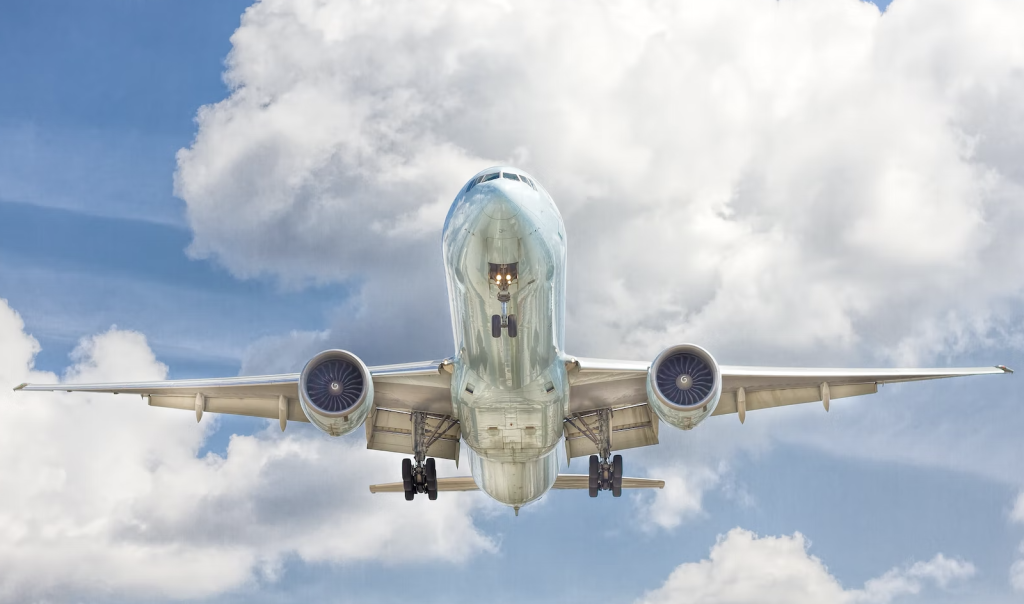How Boeing Reshaped Air Travel With Its Jets
The Boeing 747 was the first jumbo jet of its kind and made flying accessible to everyone.
This article is more than 2 years old

Boeing 747 was deemed “Queen of the Skies” and dominated the friendly skies while breaking the mold. On the heels of a perceived airplane shortage, the Boeing 747 is looking to be grounded soon for good due to dwindling sales and sleeker, more energy-efficient planes being made. However, before we wave goodbye to the Boeing 747, we have to say goodbye in a way that’s only becoming of a true queen. Royalty doesn’t die; it just takes a step out of the castle for tea. (Isn’t that how the saying goes?) But whatever it is, the “Queen of the Skies” deserves the best farewell.
According to CNN, the Boeing 747 model was unveiled in 1969 and lived quite a magical life. It was the biggest and most powerful plane that carried passengers and space shuttles as well. The Boeing carried world leaders, presidents, and cultural icons (like rock icons Iron Maiden). Boeing came out with the 707 but wanted to reduce the cost of the seats by 30%. So, Boeing built one two and a half times its size. The 747 was born.
The first Boeing 747 hit the skies with Pan Am, the classic, sharp, and very iconic mid-century modern brand that brought short A-line skirts and jaunty caps to stewardesses everywhere. The 747 was indeed the first jumbo jet of its time and flew when a time when you had to get dressed up to fly. The better you looked, the faster you would reach your destination (at least it seemed like that).
The 747 was the great great grandmother of the hybrid air blimps that may soon dot the skies with luxurious, spacious cabins for folks to stretch out their legs. The Boeing 747 held three classes of travelers and featured engines manufactured by Royles Royce. Three hundred sixty-six folks could take the skies in bliss and happiness.
With forethought, engineers built its cockpit in a raised fashion so it could be converted into a freighter airplane by installing a cargo door. Engineers knew eventually, the future would come, and the 747 would say a sad goodbye with fondness. The cockpit became glass in 1989. The 747 kept evolving as it rolled with the best technology had to offer at the time.
In fact, the plane had vertical, high walls, which gave flyers an increased feeling of space. Galleys and lavatories split up seats that were in sections. The excitement of the plane rolled into the 1970s when flying suddenly became more accessible since a fully loaded Boeing 747 cut the cost of a ticket almost in half. The plane changed travel forever.
When the 747 came out, air travel was luxurious and a privilege. In fact, flying was expensive, but tickets have been less expensive than they have been as of late. But to take to the skies was a true honor. If you flew on a 747, you were exceptional.
Maybe one day we will return to traveling in style, where you had to have some decorum and respect. Gone are those days, just like the soon-to-be-retired Boeing 747. So, the next time you fly, remember how we got here. It took engineers and designers millions of hours and skills. So, instead of people breaking out in fights in the airport hangar, may we all have calm and happiness. Here’s to the Boeing 747!









